World War Two Military Vehicle Convoy Istanbul to Normandy 2009
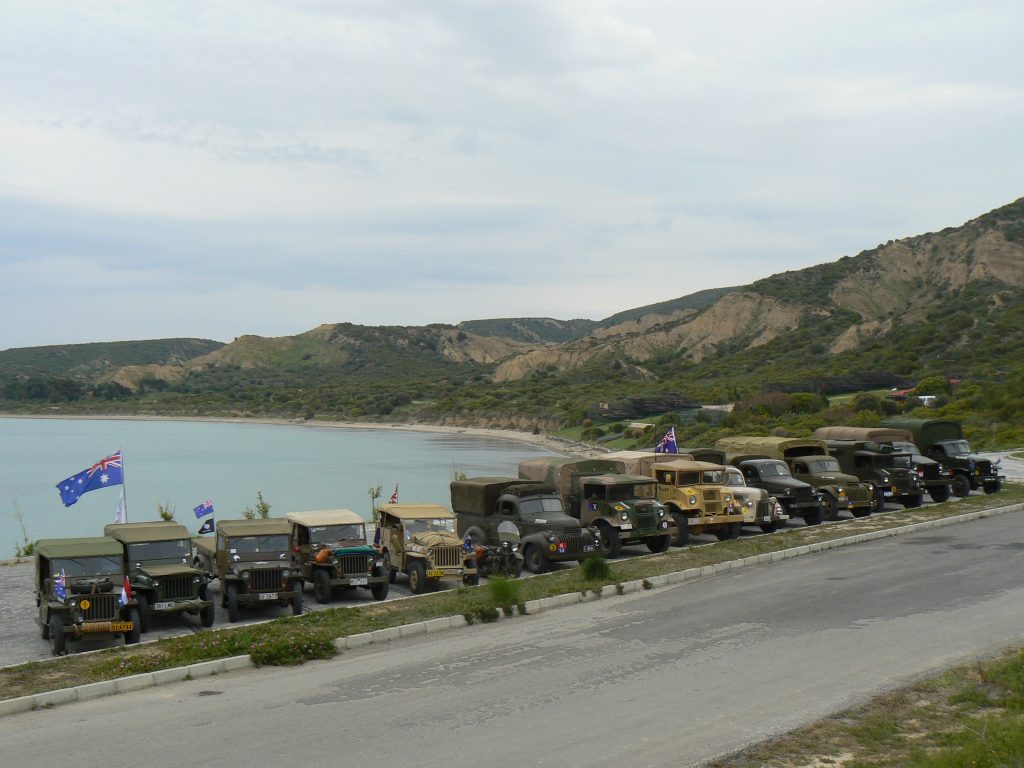

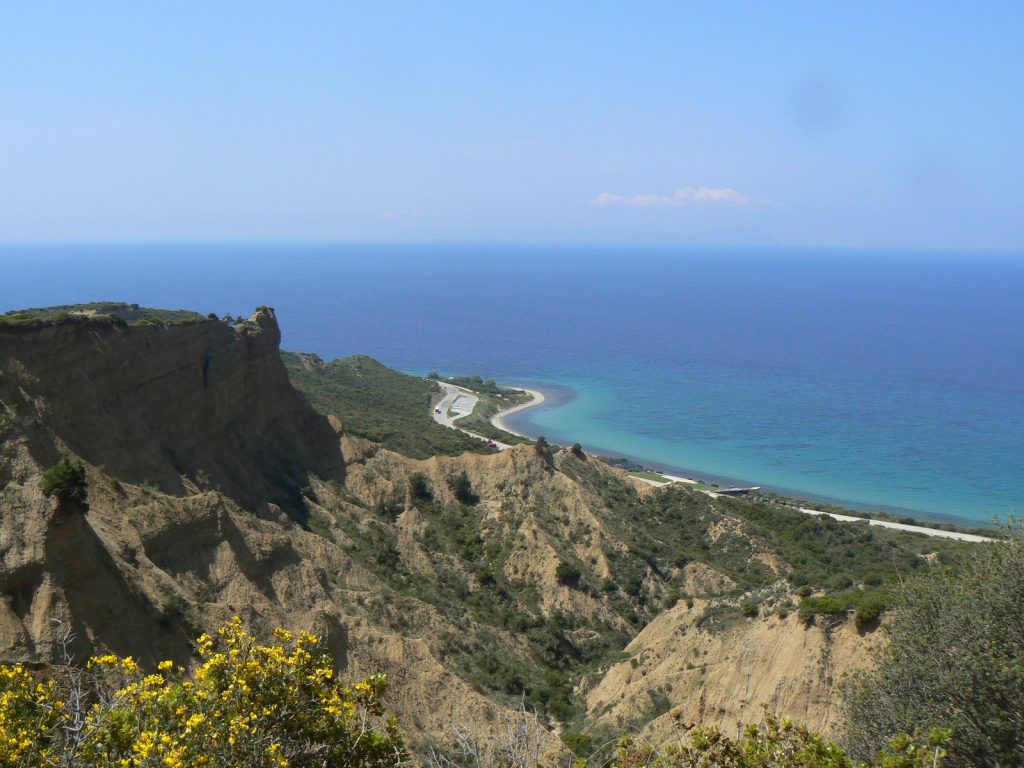
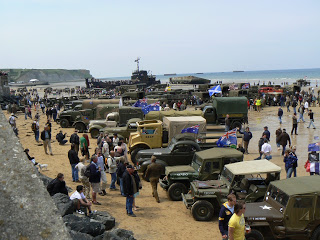
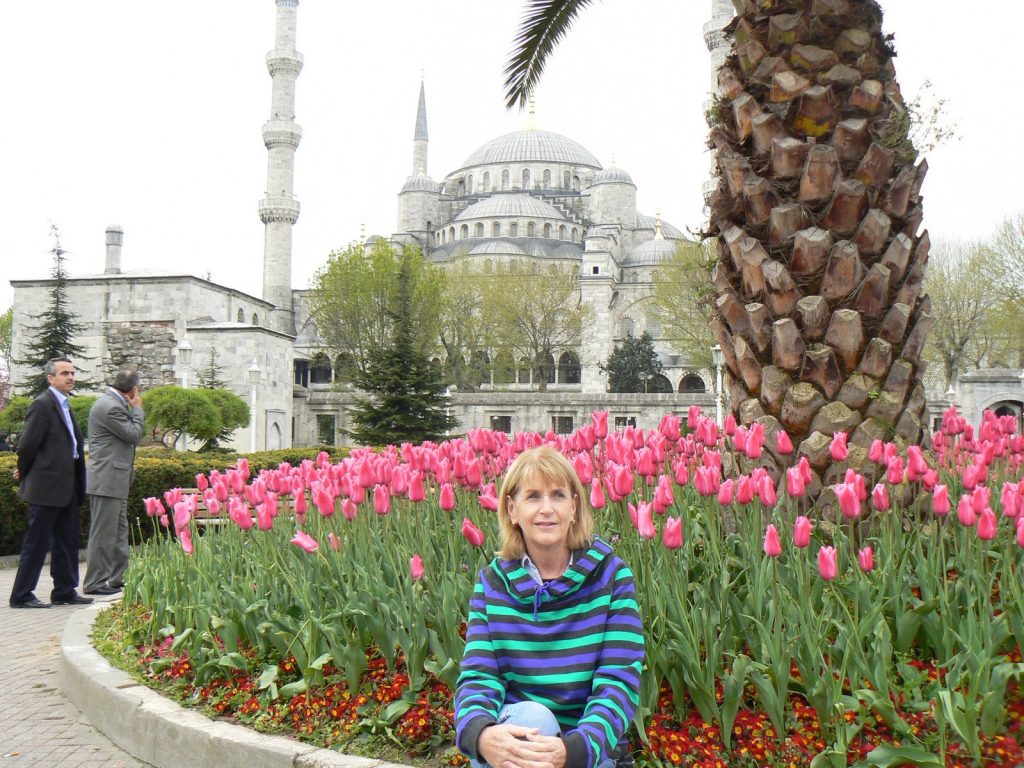
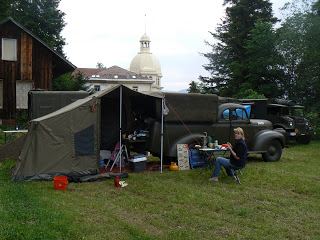
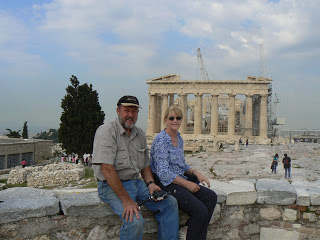
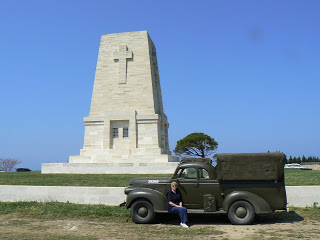
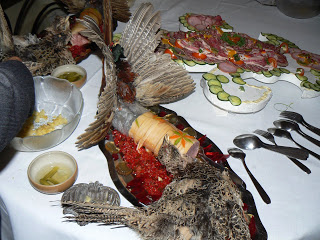
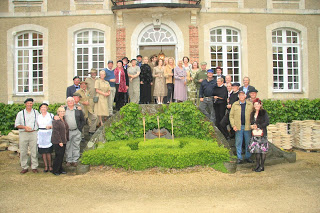
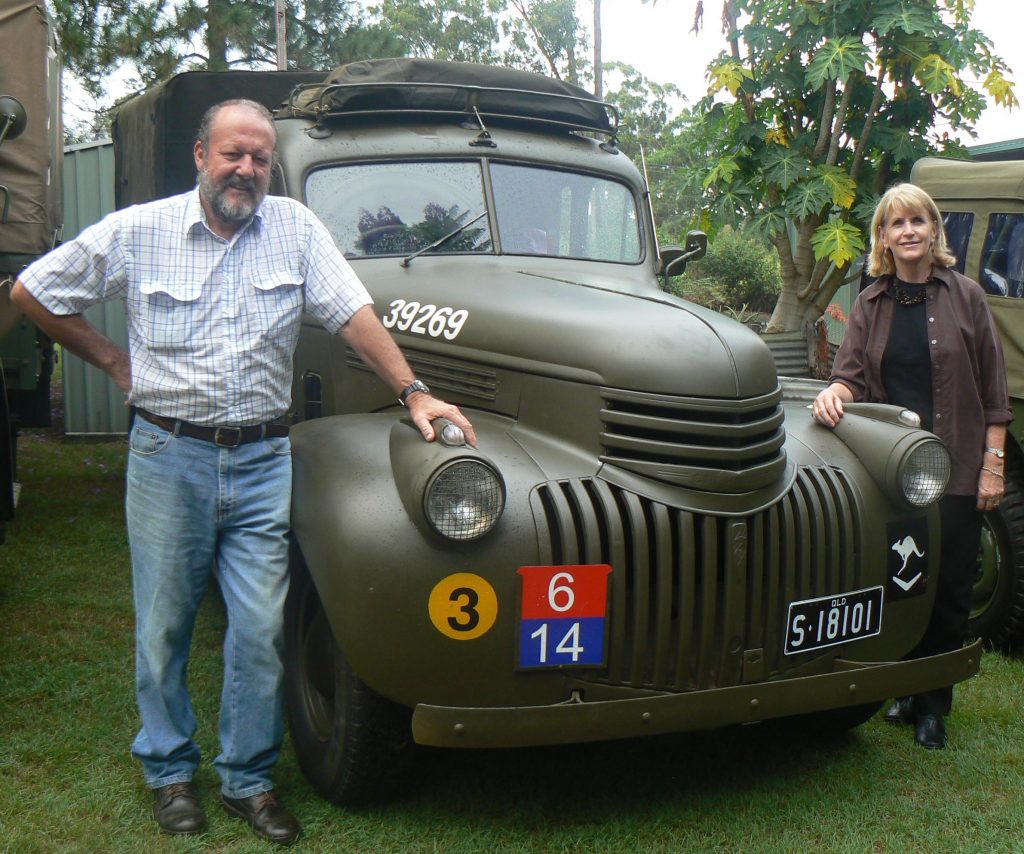
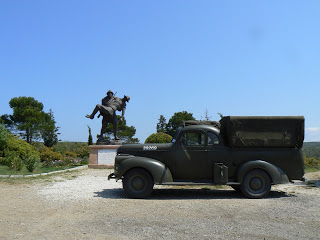
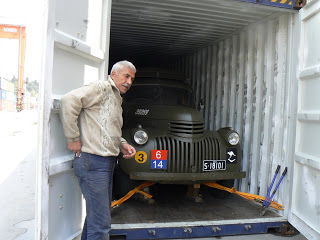
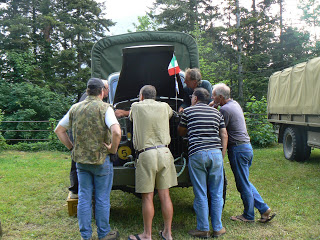
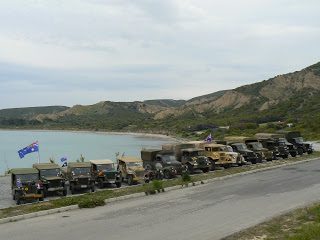
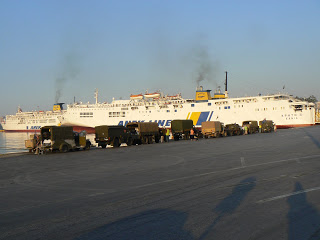
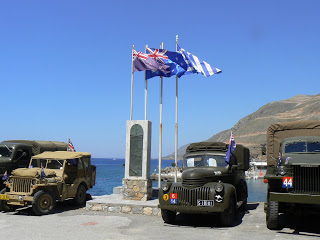
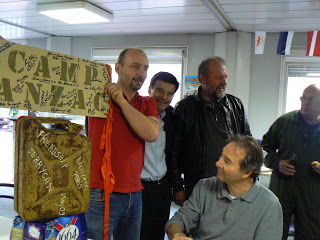
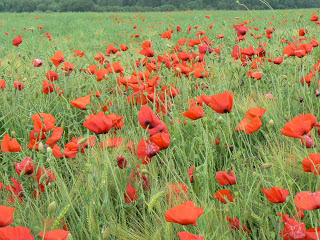
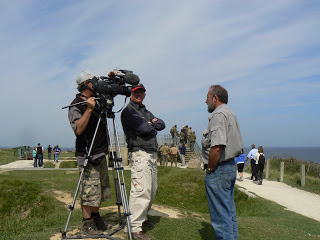
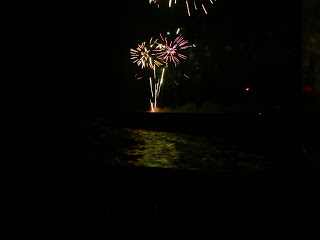
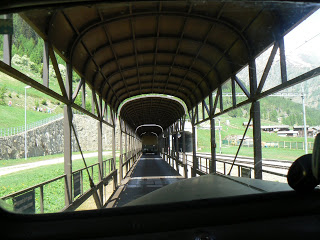
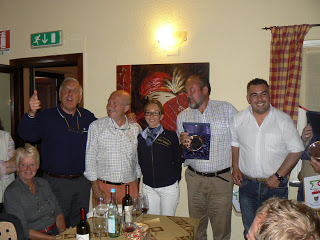
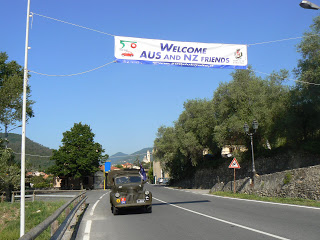
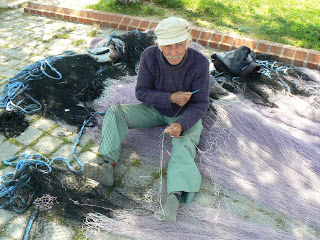
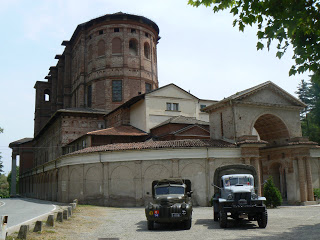
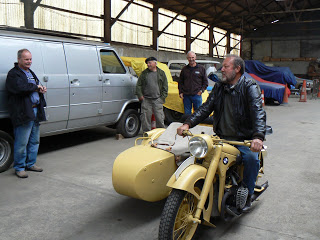
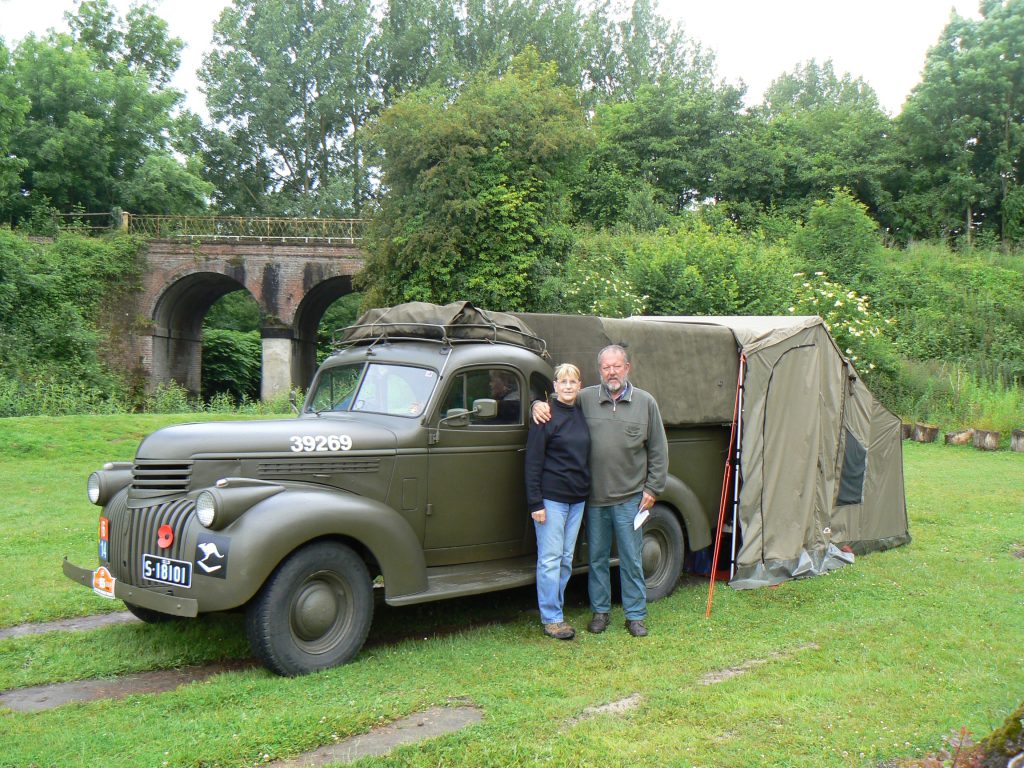
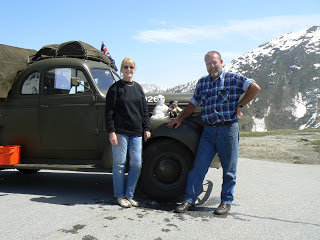
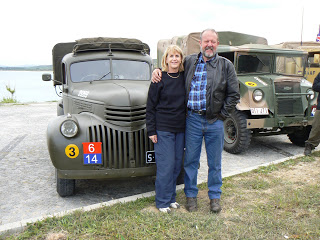
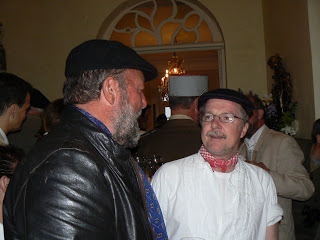

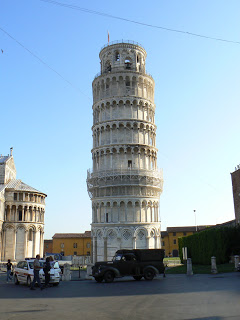
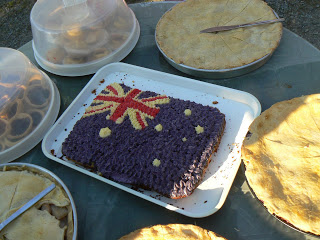
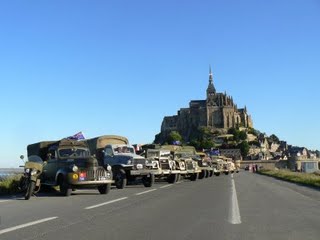
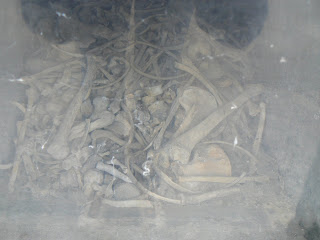
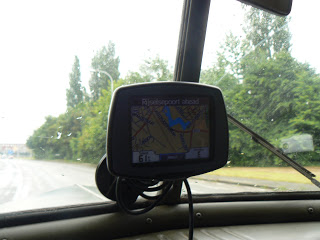
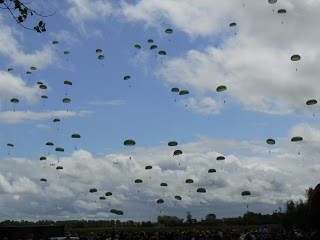
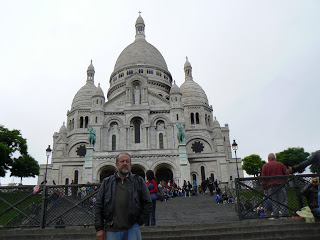
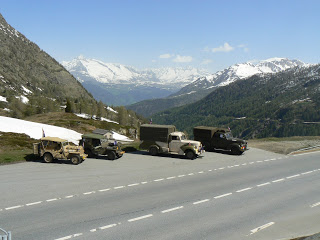
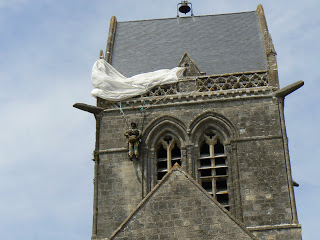
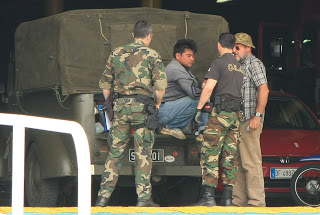
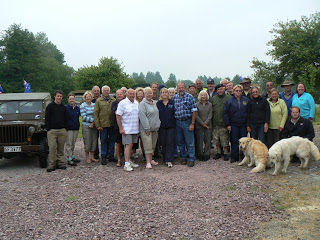
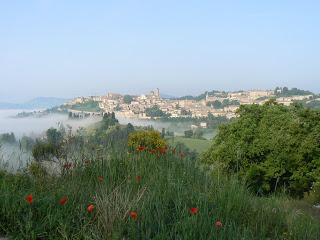
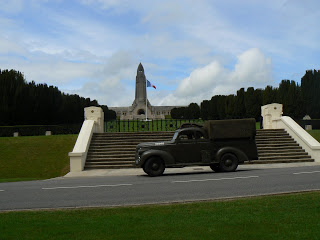

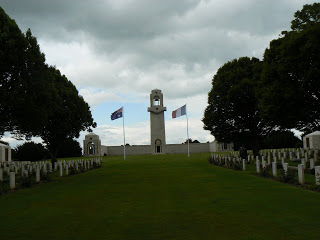
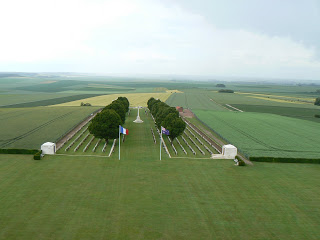

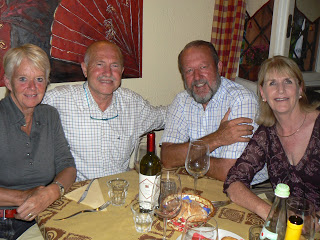
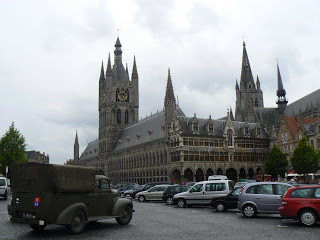
The arrival at the Hydarpassa Port in Istanbul, Turkey of 15 restored World War Two military vehicles began another adventure for Brisbane, Australia couple Lang and Bev Kidby. An initial suggestion by them that they would be willing to lead such a trip soon had the 15 available places filled by enthusiasts from all over Australia and New Zealand.
The mainly husband and wife teams arrived by air and after a long day at the port, wending their way through the intricacies of Turkish bureaucracy and customs, the rather anxious team drove out the gate. For many people this was the first time driving on the “wrong” side of the road and to be thrown into Istanbul traffic in their 70 year old vehicles caused no little angst to number of drivers.
While Lang fought the battle at the port, Bev, in her usual role of administrator, found and organized the issue of essential road liability insurance at the Turkish Motor Club on the opposite side of the city after numerous other insurance companies denied coverage on the basis of the age of the vehicles.
It was an impressive group assembled at a small car park near the hotel ready to head west the next morning. The team included 5 jeeps, 3 large trucks, a motor cycle and 6 medium vehicles. All the vehicles were resplendent in their original WW2 Australian or New Zealand military markings. As usual, despite numerous news letters and emails, Lang found many of the crews totally unprepared for the journey. Quite a few were setting off across the world with no maps presumably hoping to follow someone else!
Everyone had been told their GPS navigators either would not work or have minimum coverage until we reached Italy but, like all religious people, many put total faith in their little electronic gods. The stress of getting out of Istanbul was very high for many people but an excellent lesson that God helps those who help themselves. Map sales in Turkey increased the next day.
Lang and Bev had deliberately planned the trip to be free running and not a formal military convoy. Each crew would be able to start and stop where they wanted during the day and meet at the camp site Bev had found each evening. Although the immediate application of this independent travel plan caused a good deal of stress on day one to those people new to foreign travel or the ill-prepared crews it had the effect of raising self reliance and confidence very quickly.
Most people quickly became confident of acting independently or formed small bands of two or three vehicles led by a confident but possibly no better navigator. Everybody got lost from time to time, including Lang and Bev, but the test is how the situation is recovered.
The first stop was in a nice camp ground on the Gallipoli Peninsula only 5 minute’s drive from ANZAC Cove. Having our own vehicles was an excellent advantage and the following beautifully sunny day was spent touring the significant military sites and walking the ground of this courageous but fruitless campaign. The impact on many people was significant and 3 vehicles opted to spend a second day and catch up with the mob later.
A wet drive to Alexandroupolis saw us enter Greece and the EU the following day. Quite a number chose to go into a motel beside the camp ground to avoid putting up their tents in the rain. This was the only night on the 6 week trip that this happened as people became used to the gypsy life and learned to cope comfortably with any conditions. The vehicles were running well and everyone was becoming comfortable with their machines as we covered 250/300km per day.
The run to Athens included a day driving around the spectacular and rugged island of Thassos and a day in the mountains near Mount Olympus. Bev was managing to find excellent camp sites and the crews were starting to do individual side trips as the strangeness wore off, adding to the pleasure of the adventure and excellent group morale.
The reception by the Greeks of our Australian and New Zealand military vehicles was outstanding. Many older people had fond memories of the efforts by these countries to stem the German invasion of WW2 and praise was high. Younger people of course wanted to find out if you knew their cousin George who lived in Melbourne (the largest Greek population in the world outside Greece). “Short guy, dark hair?” “Yes! That’s him!” “He lives next door to my mother.”
The next adventure involved an overnight ferry from Athens/Pireaus Port to Iraklion on Crete. The cost of this travel is not cheap and vehicles are charged according to size but Lang had made the bookings using rather optimistic minimum dimensions for the larger vehicles. He was very worried about discovering a person with a tape measuring vehicles as they drove onto the ferry which would have added a couple of thousand dollars to the total bill.
Gathering everyone in a nose to tail line Lang set off in the Chev up the ramp with all 15 tickets gripped in his hand. As hoped, the crewman started to try to check vehicles against tickets but it all became too difficult and he just asked how many vehicles, counted the tickets and tore off all the stubs in a bundle, waving us up the ramp in a noisy revving caterpillar.
The 5 days in Crete was the highlight of the whole trip for many people. The crews visited all the significant ANZAC battle sites, drove spectacular switchback roads through rugged mountains and saw some of the most starkly beautiful scenery in the world. Many people have mentioned placing Crete on their “must-do” holiday lists. Australians and New Zealanders are almost revered on Crete for their WW2 efforts and we were well received everywhere. We eventually gave up beautiful camp sites and evenings at outdoor tables alongside 2,000 year old harbours to return to Athens (using the rush the gate ticketing method once again).
The ferry from Patra to Ancona in Italy was made interesting by the fact Lang had warned everyone to be aware of illegal immigrants stowing away. Dave Mottram foiled two leaping into his truck and the police were combing the vehicle waiting area of the port removing people from beneath semi-trailers. As Lang drove up the ferry ramp the police discovered a foot sticking out from the blankets in the back of the Chevrolet. Everyone thought it was a great joke that after all his warnings to everyone else that a freeloader was being hauled out of the back of his vehicle.
On arrival in Ancona, Italy we were joined by Herman Pfauter in his 1941 Chevrolet 1 ½ ton to make the team now 16 vehicles. The closure of the planned camp ground was fortuitous as it caused a 100km drive to Urbino, one of the most beautiful walled cities in eastern Italy. The next day we drove to the wonderful Medici town of Scarperia, north of Florence. The Italian Military Vehicle club welcomed us and a great night was had with their generously supplied beer talking military vehicles in broken Italian/English.
In Pisa, with a brazen early morning illegal group assembly in front of the leaning tower for photos, Lang stalled the two policewomen (like all Italian policewomen, former beauty queens) waving their arms and telling him nobody was allowed to be there. A couple of Koala Bears pinned to their adequately filled breast pockets pleased both Lang and the policewomen for different reasons and it was smiles all around.
A wonderful coastal drive past Genoa ended in the tiny Ligurian village of Garlenda. It was here (the headquarters of the Fiat 500 Car Club – the largest car club in the world) that Lang and Bev had been received so well on their world circumnavigation in a tiny Fiat 500 two years previously.
A large sign at the entrance to this 700 population village said “Welcome Our Aus and NZ Friends” another at the Fiat 500 museum said ”Welcome Back Lang and Bev”. After getting set up at the small campground people were surprised when members of a full brass band started to arrive. Shortly thereafter we all set off piled on the Chev and the jeeps because the streets were too narrow for the trucks behind the band for a full 2 kilometre parade through the town.
This was followed by a tour of the new Fiat 500 museum, drinks and eats at the tennis club (with more band music) before a full sit-down dinner complete with flowing wine and numerous colourful speeches by all and sundry and several presentations. Nobody had experienced such a day in their lives.
The two day stop at the top of beautiful Lake Maggiore was followed by the long winding climb to the top of the Semplon Pass. Few vehicles go on this narrow road now as most go by tunnel through the mountain. Despite there being snow on the ground all the vehicles overheated to some degree on the switchback road but were rewarded by the most spectacular views of the Alps on a cloudless sunny day.
Brakes were sorely tested on the descent into the Brig valley, the headwaters of the Rhone River. A novelty was the Furka Train which entailed driving on to the carriages then sitting in your vehicle in the pitch black darkness for the 20 minute run through the mountain. The sunshine outside fooled the jeep people into remaining in shirtsleeves and they were frozen as they popped out of the hole on the other side. The day was completed by a beautiful campsite high above the lakes. A few people were given the sales tour of the world headquarters of the Orange People next door but they gained no recruits.
Leaving Switzerland the crew went to Mulhouse with its fabulous car and railway museums then through France to Verdun. A day off here to visit the Citadel and French National war Memorial staggered the imagination to realize half a million men had died within 5 kilometres of where we stood during WW1.
The nervous tension in the crowd was obvious as we set out for our next camp ground in the Bois de Boulogne right in the middle of Paris. Most people found that Paris driving was no more difficult than any other big city and a relieved bunch happily put up their tents and set off to see the sights. A highlight was a visit to the French Military Vehicle Club which has 3 huge sheds on an old military base just outside Paris. Club members welcomed the visitors, showed them a huge collection of vehicles complete or under restoration then put on a great lunch.
Driving to our stop at the must-do Mont St Michel on the coast between Brittany and Normandy everyone was caught up in a farmers’ blockade which jammed the main roads. Most people diverted by country lanes in a circular route to the destination but some of the jeep people drove up to the tractor road block. They told the farmers what they were doing with the result a tractor was moved to let them through and several litres of free milk were stacked in their vehicles.
From Mont St Michel the team headed north to the farm of Peter and Marjorie Tombs – expatriate English who have a great collection of military vehicles. Lang and Bev have been friends of the Tombs for many years and Peter and Marjorie provided, at no cost, a huge barbecue and drinks for over 30 people. The night was set off by a wonderful guitarist from next door accompanied by our members Dale on guitar and Sam on saxophone.
Arriving at Etreham near Bayeux the serious part of the trip began. For the next 8 days the vehicles joined with 3,000 other restored military vehicles from around the world to celebrate the 65th anniversary of the D-Day landings. Numerous convoys, individual trips, fireworks and parachute drops filled the time. The grand finale was a 200 vehicle run along the beach to Arromanches on 6th June. The ANZAC vehicles were celebrities wherever they went. The eastern Europeans thought themselves in the running for an award for a 1,000km drive until they heard the ANZAC speedos had just passed 6,000km since leaving Istanbul!
Lang and Bev’s friends, Franck and Anna Bailleul, invited everyone to a garden party near Villers Bocage south of Caen. Dress was “Resistance Chic” and most made an effort to look the part. Heavy rain during the day turned the event into a sit down meal and 5 star food and wine flowed throughout the night in Franck and Anna’s fabulous 18th century chateau. Just prior to arriving at the chateau the crew held a wreath laying ceremony at the nearby Typhoon pilot memorial which contains many Australian and New Zealand names of people killed in this most dangerous ground attack activity during the D-Day period.
Leaving Normandy the expedition went via Dieppe into the WW1 areas north of Paris. We stayed at Le Hamel on the Somme on the first night near the new Australian memorial commemorating the Australian General Monash’s brilliant attack which included the first properly coordinated infantry/tank action, the first resupply of ammunition to troops in action by aircraft and several other tactical innovations. It was also the first time a small number (1,000) of the newly arrived Americans was put into action with the battle-hardened Australians to gain experience.
A visit to the Australian National Memorial at Villers Bretonneux was followed by a campsite next evening near Ieper/Ypres. Everyone went to the evening Last Post ceremony at the Menin gate through which hundreds of thousands of soldiers passed to join the slaughter in the salient. The gate has 64,000 names of missing soldiers with no known grave killed in the immediate vicinity.
That evening we all pooled the remaining food – and wine – and had the final party. The following day the group dispersed, some to go direct to the shipping port of Antwerp, others to continue in UK for a few more weeks.
This was undoubtedly a highly successful expedition. Everywhere, in every country, the vehicles were received with enthusiasm by the general public. Those with knowledge of these old vehicles were astonished by the audacity of the concept to attempt to get such a large group such a long distance.
Despite regular small problems, the crews managed to keep the vehicles on the road for 6 weeks. The decision to encourage free running allowed people to go their own way during the day with the result, friction between personalities was almost non-existent and morale remained high throughout.
We were proud to have represented Australia and New Zealand historical achievements and commemorate the sacrifices our forefathers made in a high profile and internationally well received manner.
